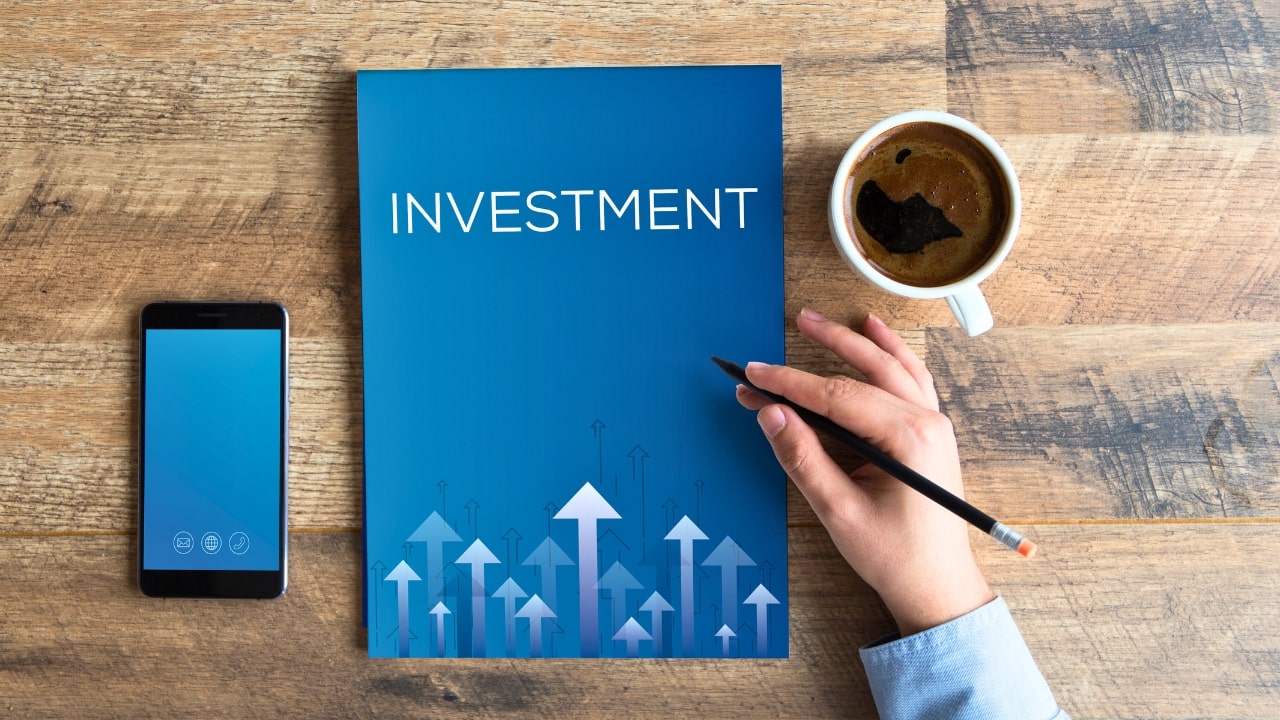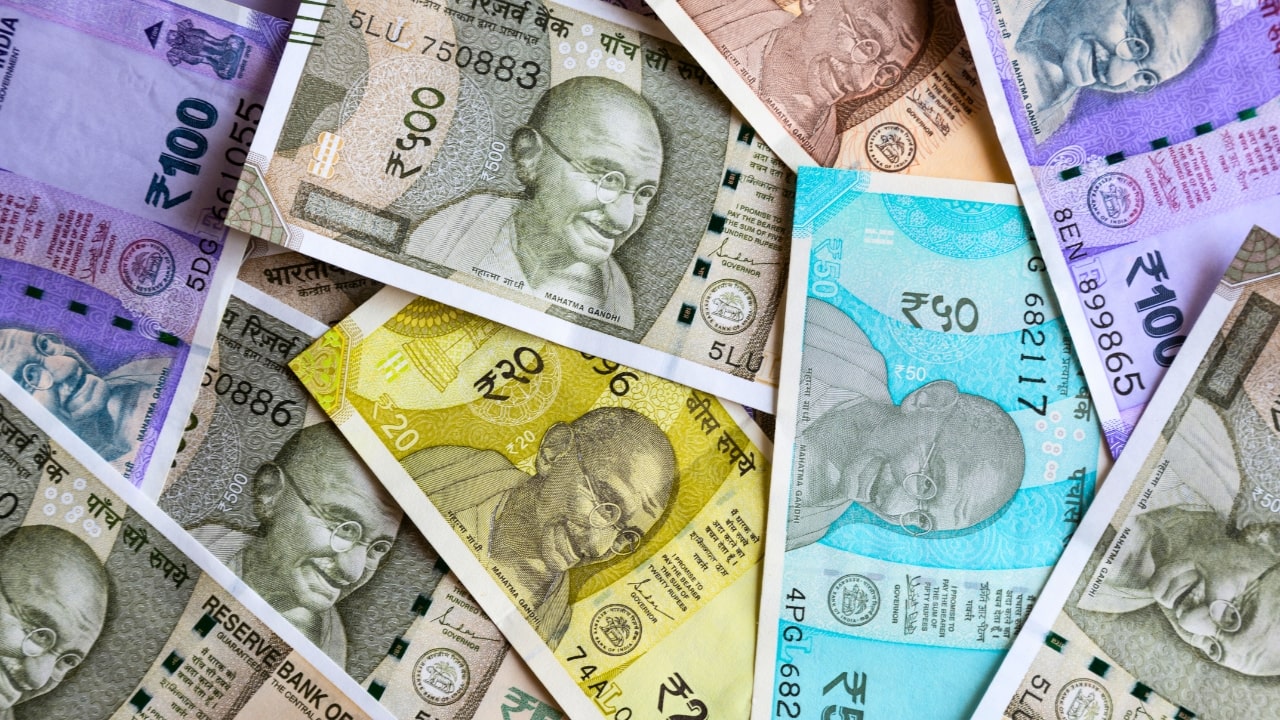Equity-linked savings schemes are considered a better way to invest in the stock market through mutual funds. The special thing is that income tax exemption is also available when investing money. However, for tax savings, the investment made in ELSS must be maintained for at least three years. This is called the lock-in period of the scheme. But many times, a question arises in investors’ minds: what should they do after three years? Should you withdraw your money invested in the scheme or maintain the investment? We will discuss this question further, but before that, let us understand some more important things related to investing in ELSS.
Tax Rules Related To Investment In ELSS
Investing up to Rs 1.5 lakh in an Equity Linked Savings Scheme during a financial year, i.e., a business year, gives tax exemption under Section 80C of the Income Tax Act. This Rs 1.5 lakh can be deposited together once a year and can also be deposited through a Systematic Investment Plan (SIP), i.e. monthly instalments. Investing through SIP reduces the risk related to market timing, and the benefit of averaging is also available. Apart from the tax exemption on investment, the tax treatment of returns on ELSS is also beneficial. Whatever profit you make on the withdrawal of money after holding ELSS for three years is considered as Long Term Capital Gain (LTCG), and there is no tax on LTCG, i.e. profits up to Rs 1 lakh for a financial year. Even if the profit made in a year is more than Rs 1 lakh, the taxpayer has to pay only 10 per cent LTCG tax. You will also benefit if your income tax slab rate exceeds this. That means investing money in ELSS can save tax regarding both investment and returns.
Another good thing is that ELSS’s lock-in period of 3 years is the shortest of any other tax-saving scheme. For example, the lock-in of a tax-saving bank FD is 5 years, while that of PPF is 15 years.
How Appropriate Would It Be To Withdraw Money After 3 Years?
The short lock-in period of ELSS is beneficial because if an emergency suddenly occurs after 3 years, you can withdraw the money deposited in it. That means this scheme’s liquidity is better than other tax-saving schemes. But should any investor withdraw their money invested in ELSS after 3 years just because the lock-in ends?
The answer is that you should not withdraw your money from ELSS just because the lock-in ends. If you are getting good returns on your investment, it would be better to continue investing. This means that even after the lock-in of 3 years, you can continue your investment like an average open-ended equity scheme if you wish.
Remember that one can get the full benefit of compounding only by investing continuously and for an extended period in any equity mutual fund. Yes, it is a different matter if you need money for some reason or your scheme is not performing well. You should exit from ELSS only after considering your investment goals, scheme performance, and financial requirements, not just because the lock-in is over.
Invest in Keeping Your Risk Profile In Mind
One more thing. According to SEBI guidelines, at least 80% of ELSS funds must be invested in the equity market. There is no limit on maximum equity investment, so ELSS equity investment can also be 100%. This means that this scheme’s equity exposure is relatively high. Whatever the equity investment method, there is always risk involved. Therefore, while investing in ELSS or any other equity scheme, you must consider your risk profile, i.e. your ability to take risks.











